Nursing Comparative Report: Evaluating Approaches to Patient Health
VerifiedAdded on 2023/06/07
|5
|1001
|130
Report
AI Summary
This nursing comparative report analyzes healthcare approaches, specifically comparing an expert's analysis with a student's perspective on a patient case. The report highlights the importance of building trust with patients, particularly within aboriginal communities where social isolation and healthcare disparities contribute to depression. It contrasts the expert's focus on social determinants of health and community support with the student's emphasis on managing physical ailments like vision loss and hepatitis C. Effective communication and community partnerships are identified as crucial interventions, aligning with research on chronic disease self-management and the benefits of assistance in instrumental activities of daily living (IADL) for visually impaired individuals. The analysis underscores the significance of addressing social isolation and health inequalities to improve mental health outcomes, while also recognizing the role of self-management in conditions like diabetes. Desklib provides this document along with a wealth of resources to support nursing students in their academic journey.
1 out of 5
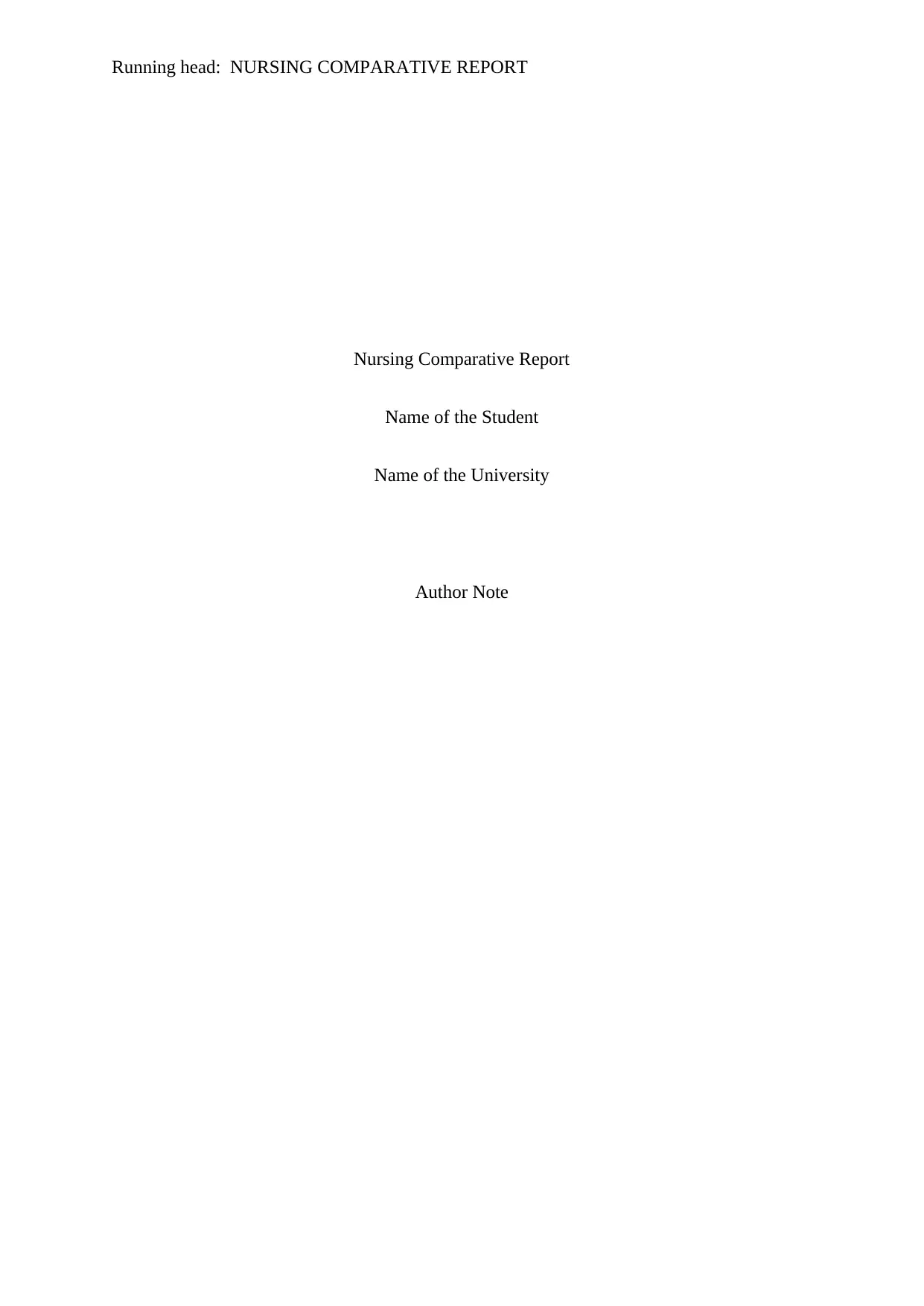
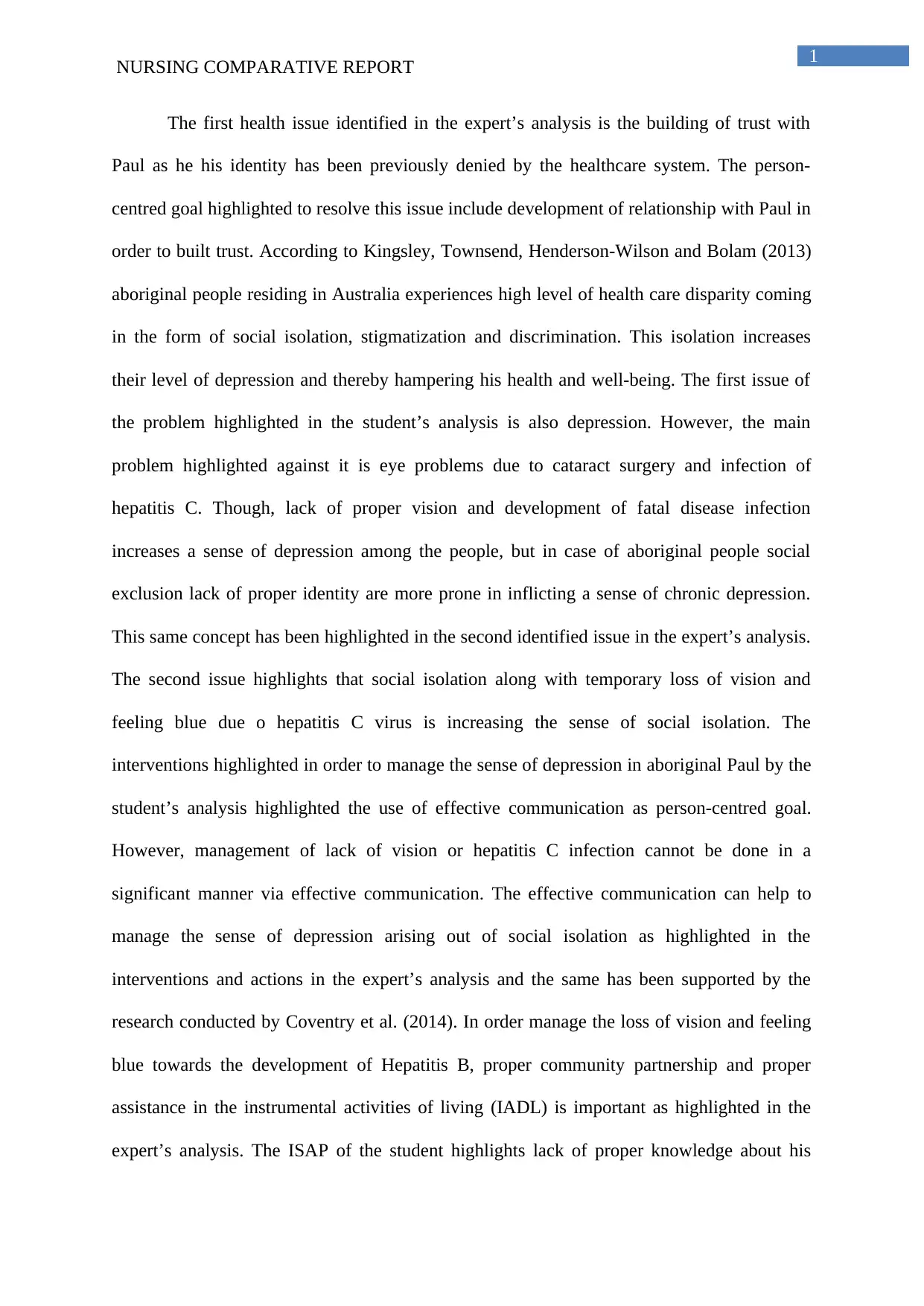
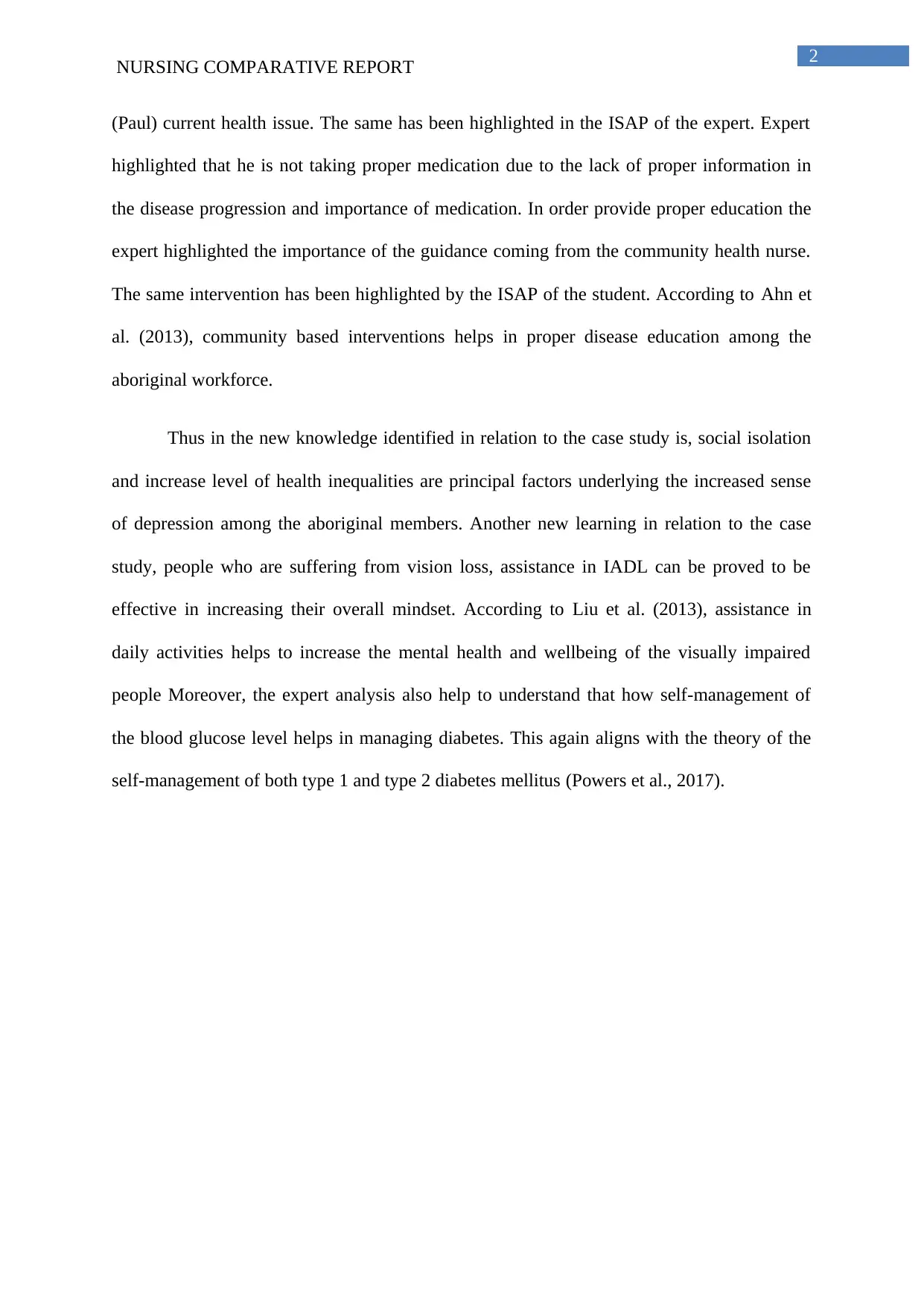

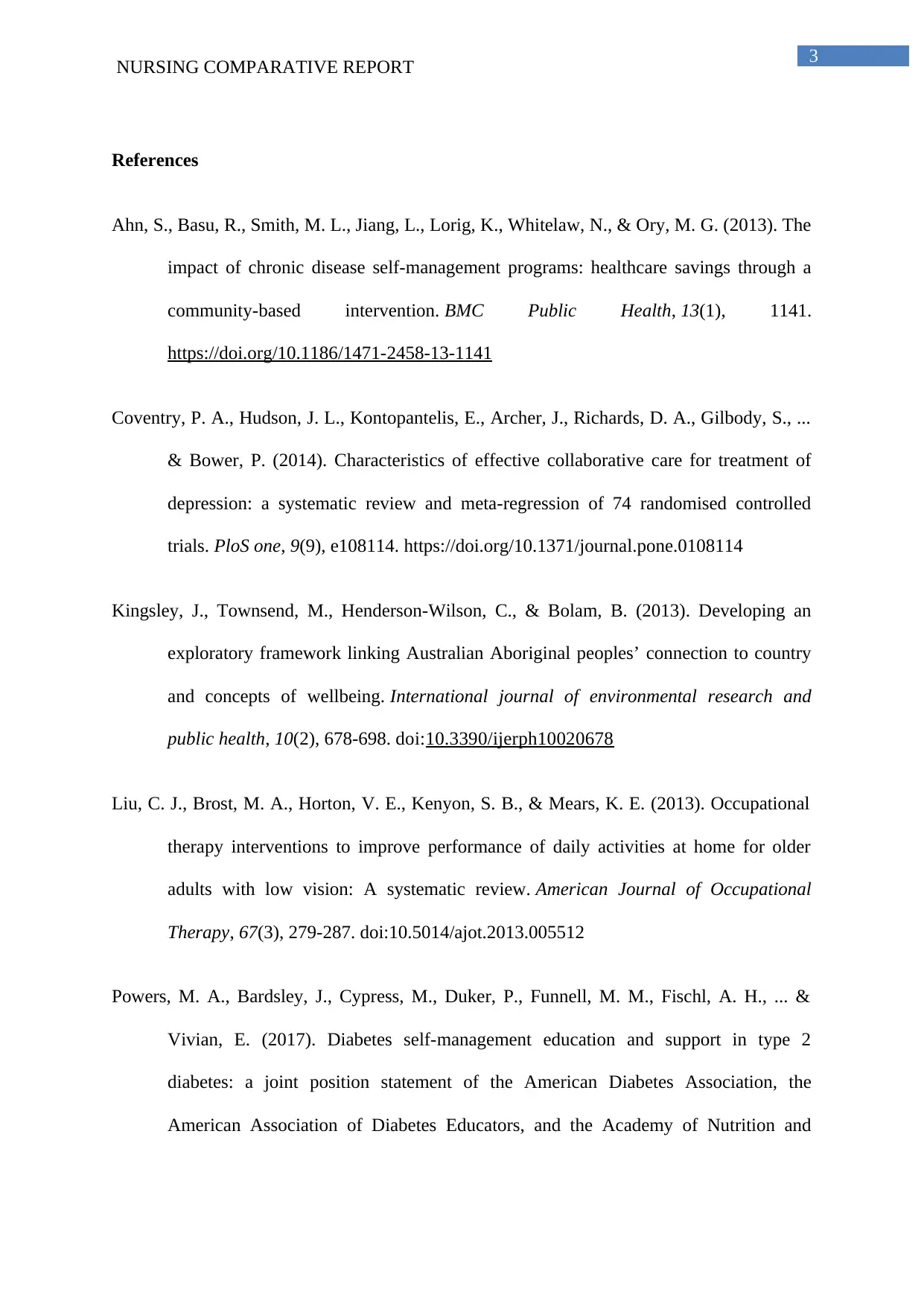
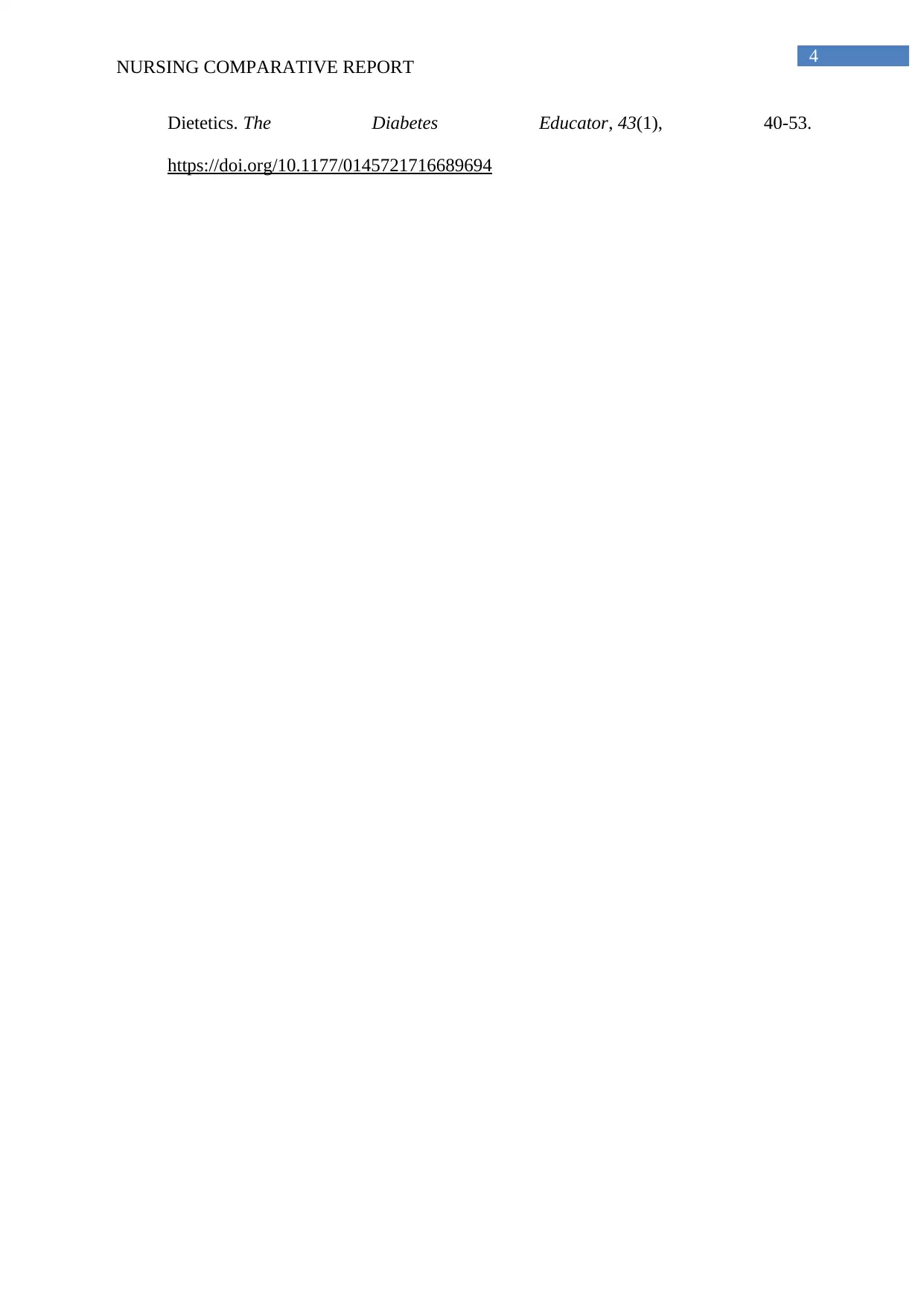





![[object Object]](/_next/static/media/star-bottom.7253800d.svg)